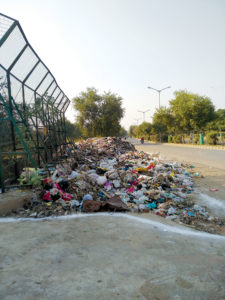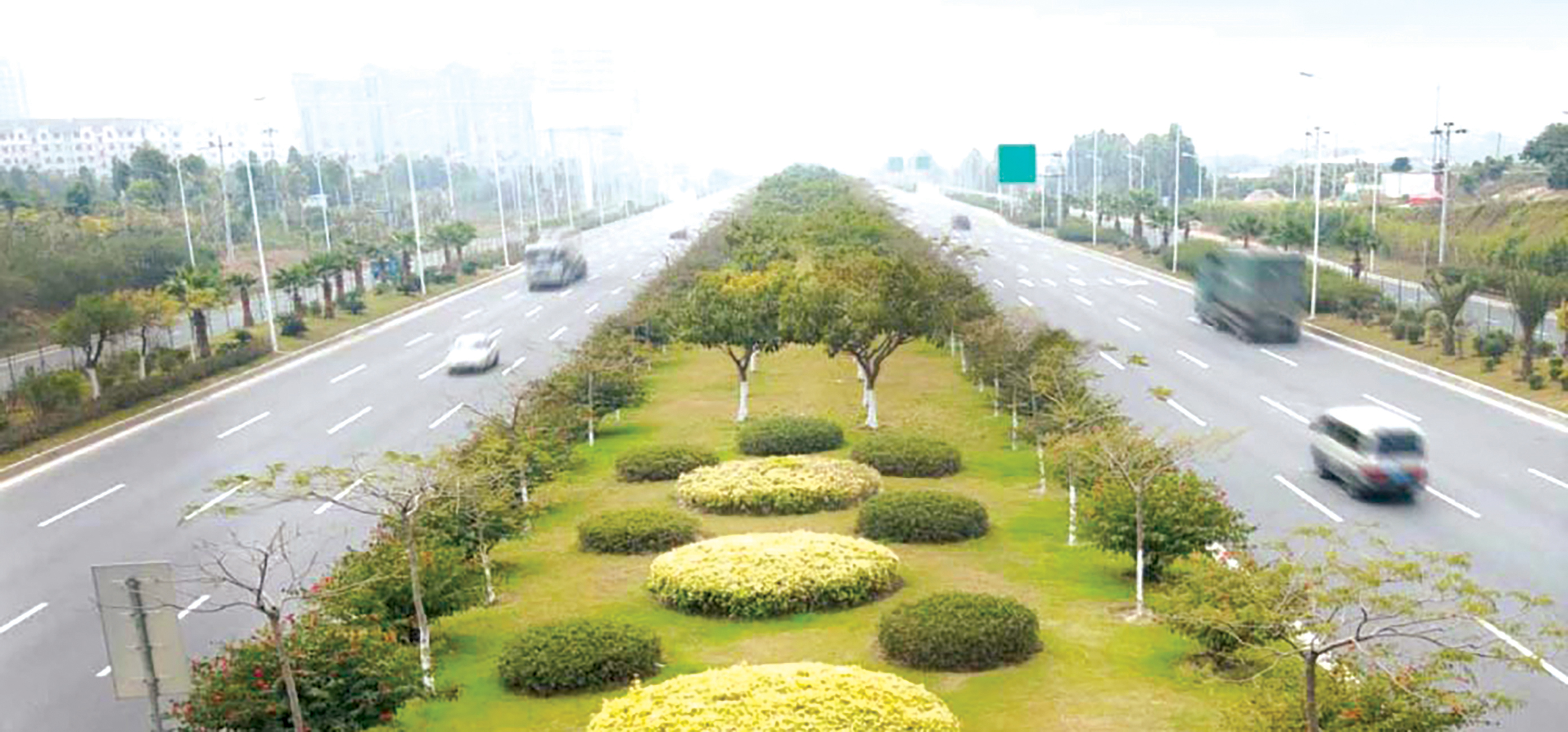The large township’s pollution levels have been alarmingly high, sometimes rising above three times the average in Delhi. Patriot visits the area to find out what oils Dwarka
Delhi air post-Diwali this year has been ranging from “unhealthy” to “extremely hazardous” categories, when the pollution levels in the city always ranges around the 300 mark – six times more than the normal limit – leading to a public health emergency being declared by the government
On November 1, however, when the average AQI in Delhiu was 389, that in the Dwarka sub-city area touched a whopping 902. According to the World Air Quality Index, Dwarka, thus became the second most polluted region in the world, being surpassed only by a remote industrial area in France. Dwarka, on the other hand, is full-fledged residential area with 1.1 lakh people residing there.
In fact, the readings made by the DPCC pollution monitor in Dwarka are always considerably higher than the average AQI of Delhi, thus making it one of the most polluted areas in the capital.
So, why is the Dwarka sub-city, the largest residential suburb in Asia, suffering from such a high rate of air pollution? Patriot visits the area, and finds out the root causes behind this.
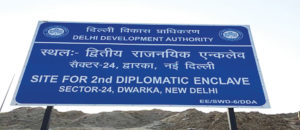
Loss of greenery
To lessen the traffic travelling from Delhi to Gurgaon, National Highway Authority of India and Ministry of Road Transport have come up with a solution of connecting the Dwarka expressway to NH8 so that there is another viable option for people travelling to Gurugram, thus reducing traffic congestion.
But this expansion comes at a severe cost. The authorities have planned to fell a whopping 13,000 trees that are lined up across the whole stretch of the Dwarka Link Road that they have planned to connect to NH8.
When Patriot visited the area, it found that several of these trees were already cut, and the cut trunks and leaves were strewn around the area. The NHAI has also earmarked the line of trees with fencing.
A few days ago, on November 1, Rajeev Suri, a resident of the Dwarka area posted a video on Twitter wherein the fallen leaves and logs along the Dwarka expressway were set on fire to get rid of them. This led to a lot of smoke being released in the air, making the air more toxic.
According to V Selvarajan, environmentalist and resident of Dwarka, the burning of trees has been going on since the project was announced. “To dispose of the cut leaves and branches, they burn them off, which is extremely harmful to the air”, he says. “These trees give the majority of the green cover in Dwarka and if they are felled, there would be no stopping the increase of pollution, since trees absorb the harmful materials present in the air”, adds Selvarajan, whose NGO Green Circle has been working to stop this large-scale felling of trees.
After several protests, the government decided that they would conduct a mass transplantation programme, wherein the trees would merely be shifted to another location. This, was then given an NOC by the NGT. To this, Selvarajan points out to the axed trees saying, “You can see for yourself how this so-called order is being carried out. Already 50 of these trees have been chopped”.
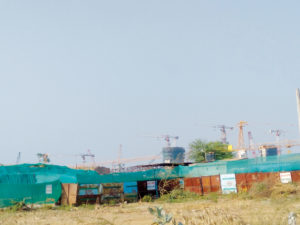
The Airline menace
The Dwarka area is pretty close to Indira Gandhi international airport, and all flights that take off from there fly at quite a low altitude over Dwarka. The air fuel released gets mixed with the air that the residents breathe
Airline fuel contains harmful pollutants like sulphur dioxide and nitrogen dioxide in addition to containing a large amount of PM 2.5 particles. A study by the Massachusetts Institute of Technology (MIT) states that the pollutants released in the air by a plane till it is at a height of 3,000 feet above sea level has killed more people than actual plane crashes.
So, with over 900 planes overflying Dwarka every day, we can imagine the huge level of pollutants they emit in the air.
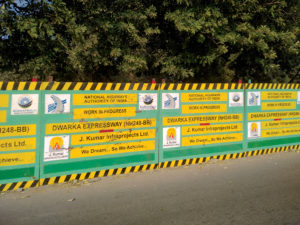
Construction headache
In 2017, the DDA awarded around 35 hectares of land in Dwarka Sector 25 for the construction of a new diplomatic enclave like that in Chanakyapuri. A new world class convention centre is being built there in Sector 25, in addition to new Metro stations.
As Patriot visited the area, it was found that construction was being carried out in some parts of this large area, in spite of the construction ban announced by the Delhi government. Incidentally, there have been reports that Larsen and Toubro, the construction company in charge of the Rs 2,800 crore convention centre project, had been fined Rs 1 crore for violation of this ban.
A construction site, according to norms, has to be shrouded by sheets on all sides so that dust particles don’t spread in the adjacent areas. However, there was hardly any such protection there. “The situation has been the same since this project started. Huge amounts of dust fly from these sites when construction is in full swing. This does pollute the air a lot,” says a person who passes it every day.
Garbage problem
On top of everything, near Sector 8, there is a huge garbage heap lying untreated, just on the side of the road — that too in front of a government recycling centre. While the recycling centre has basically no garbage, the road remains strewn with it.
In fact, Selvarajan claims that this garbage is frequently burnt instead of being treated properly. The gases released from these food wastes and plastic is extremely harmful to the air and causes a lot of pollution.
The gases released by untreated waste too contains methane, which is extremely hazardous to the environment.
